Category Archives: Research

Foot-and-mouth disease, a disease that may come back any day
Those of you of a certain age and more or less interested in animal health will remember that in 2001 there was a major outbreak of foot and mouth disease (FMD) in England that had a large media coverage. Those even older might even remember it as a disease that affected cattle almost every year in Catalonia.

Sane horses and unadapted prions
Time to talk about prions again, these enigmatic infectious agents that cause, among others, the mad cow disease.

The European hare (Lepus europaeus) as a potential wild reservoir for ruminant pestiviruses
Ruminant pestivirus (Bovine Viral Diarrhea Virus (BVDV) and Border Disease Virus (BDV)) cause important economic losses in livestock worldwide. The epidemiological role of free-ranging sympatric wildlife is of special interest for the implementation of pestivirus eradication plans.
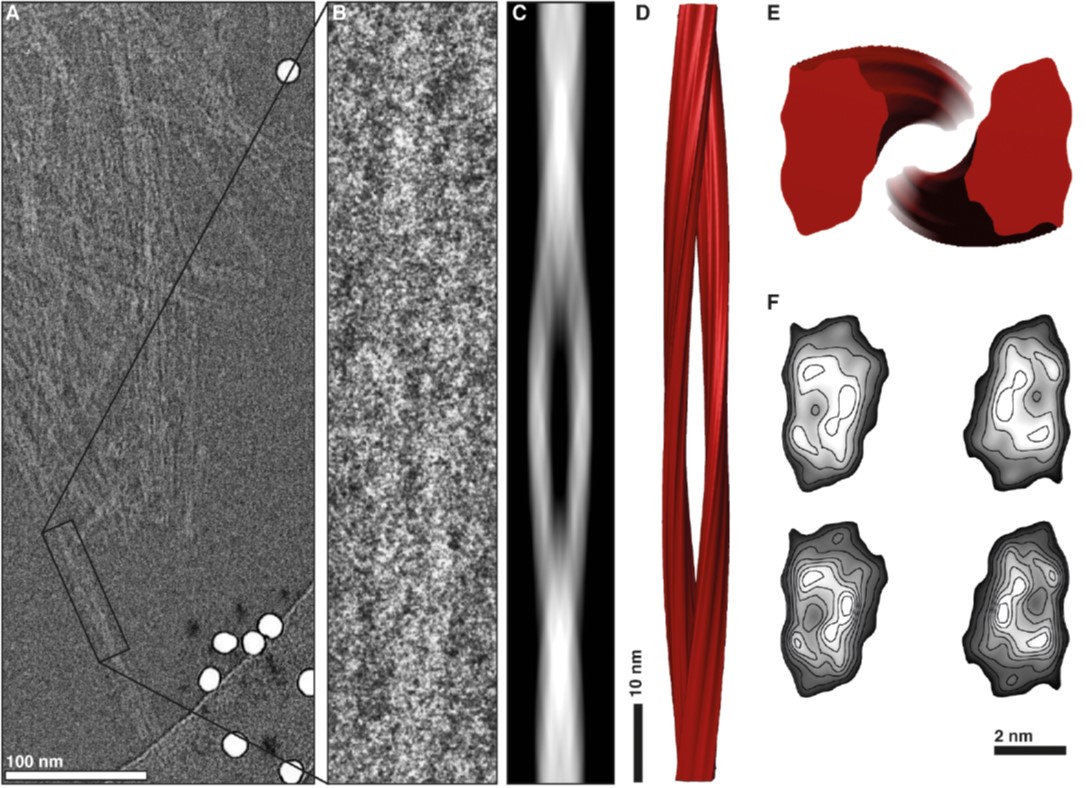
Elucidation of the structure of an infectious prion
Prions, the agents that cause diseases such as Creutzfeltd Jakob disease in people or mad cow disease, are unconventional infectious agents. The main reason for this peculiarity is that, according to the most accepted theory nowadays, prions have no genetic material!
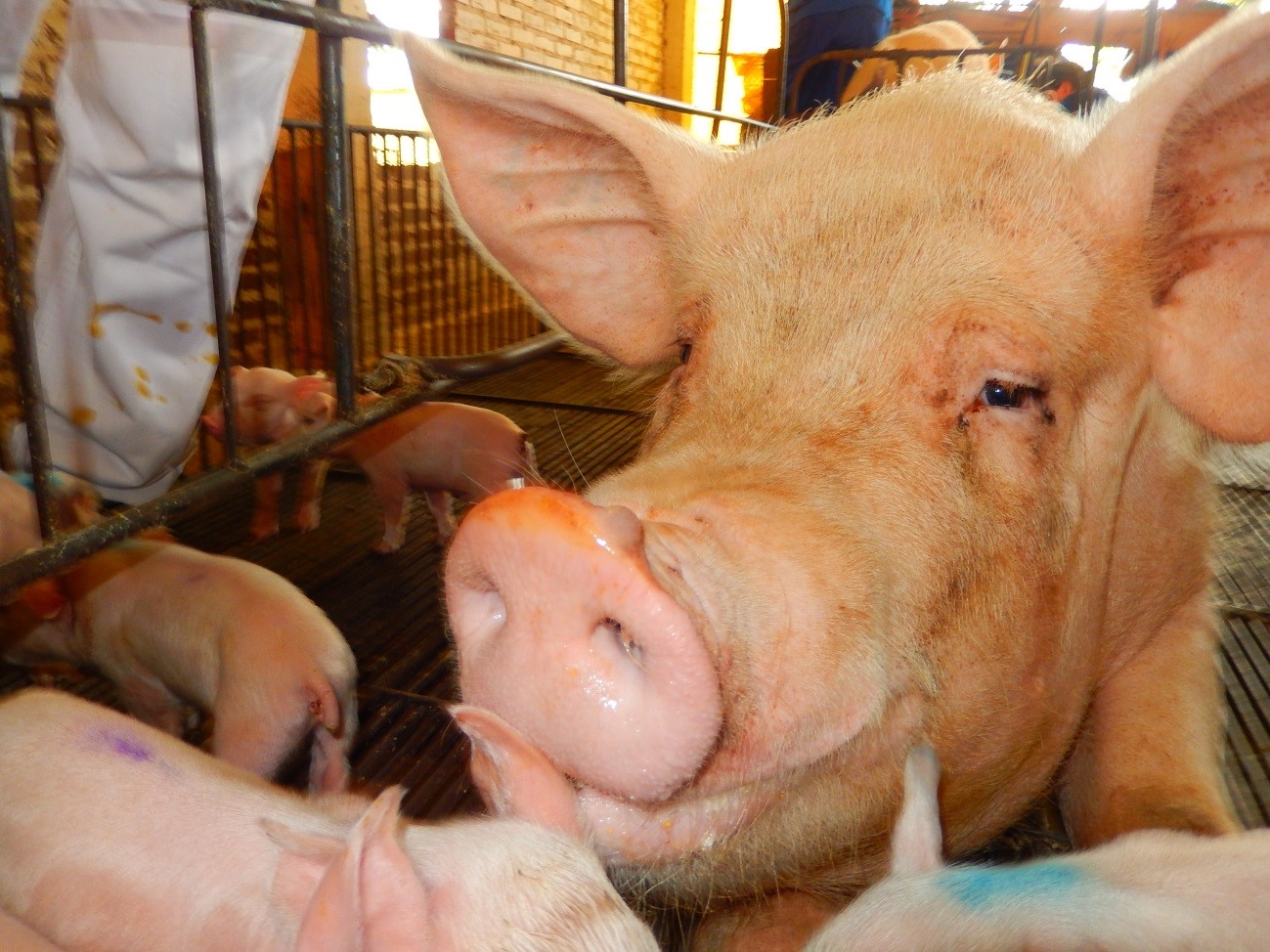
Senecavirus A: an emerging pig infection causing vesicular disease and piglet mortality?
Senecavirus A (SVA) is the only member of the genus Senecavirus within the family Picornaviridae. This virus was discovered as a serendipitous finding in 2002 and has been proposed for use as an oncolytic virus to treat different types of human tumors.
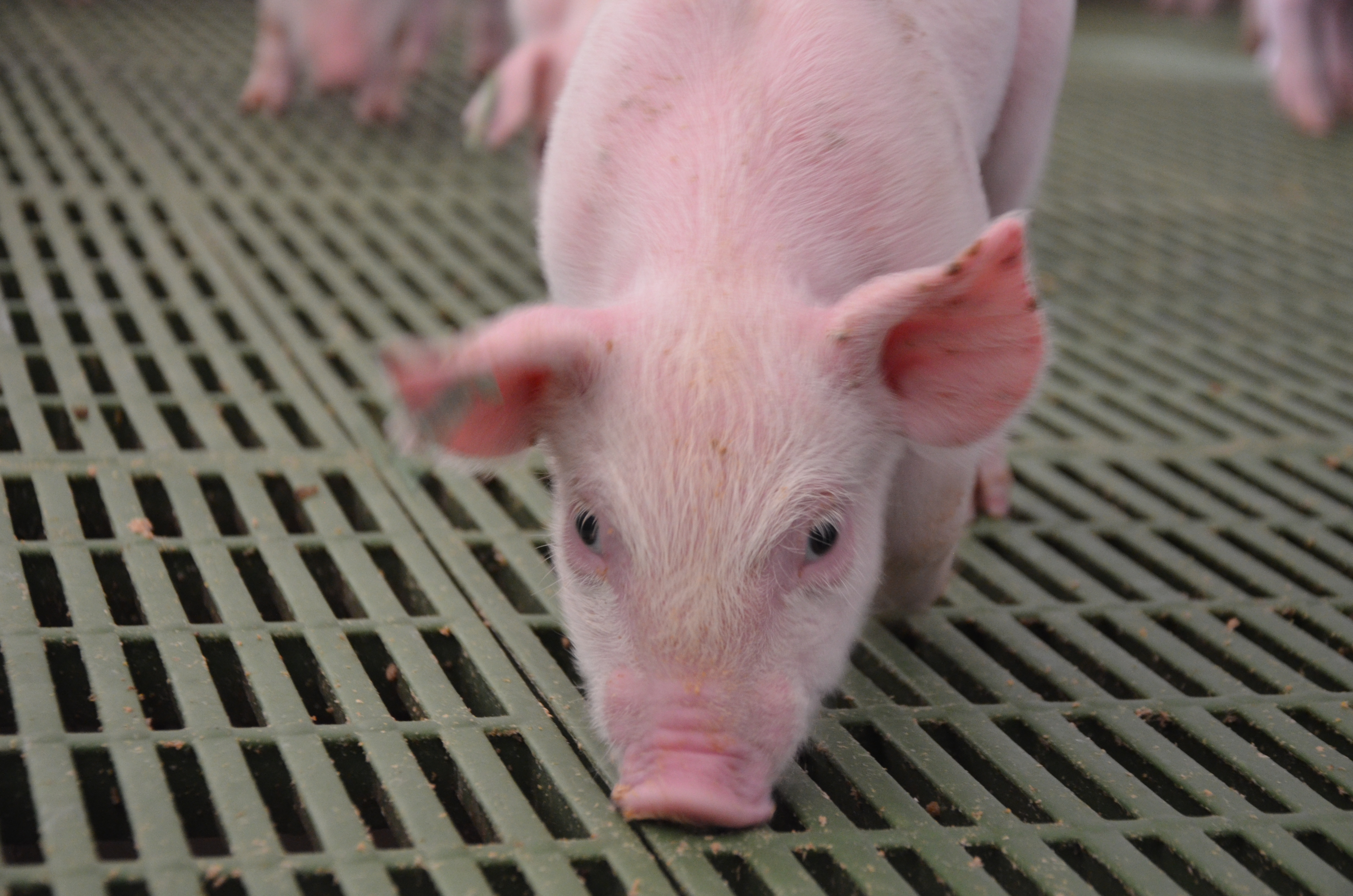
The use of antibiotics in pig farms may endanger public health? Study of the emergence of resistance.
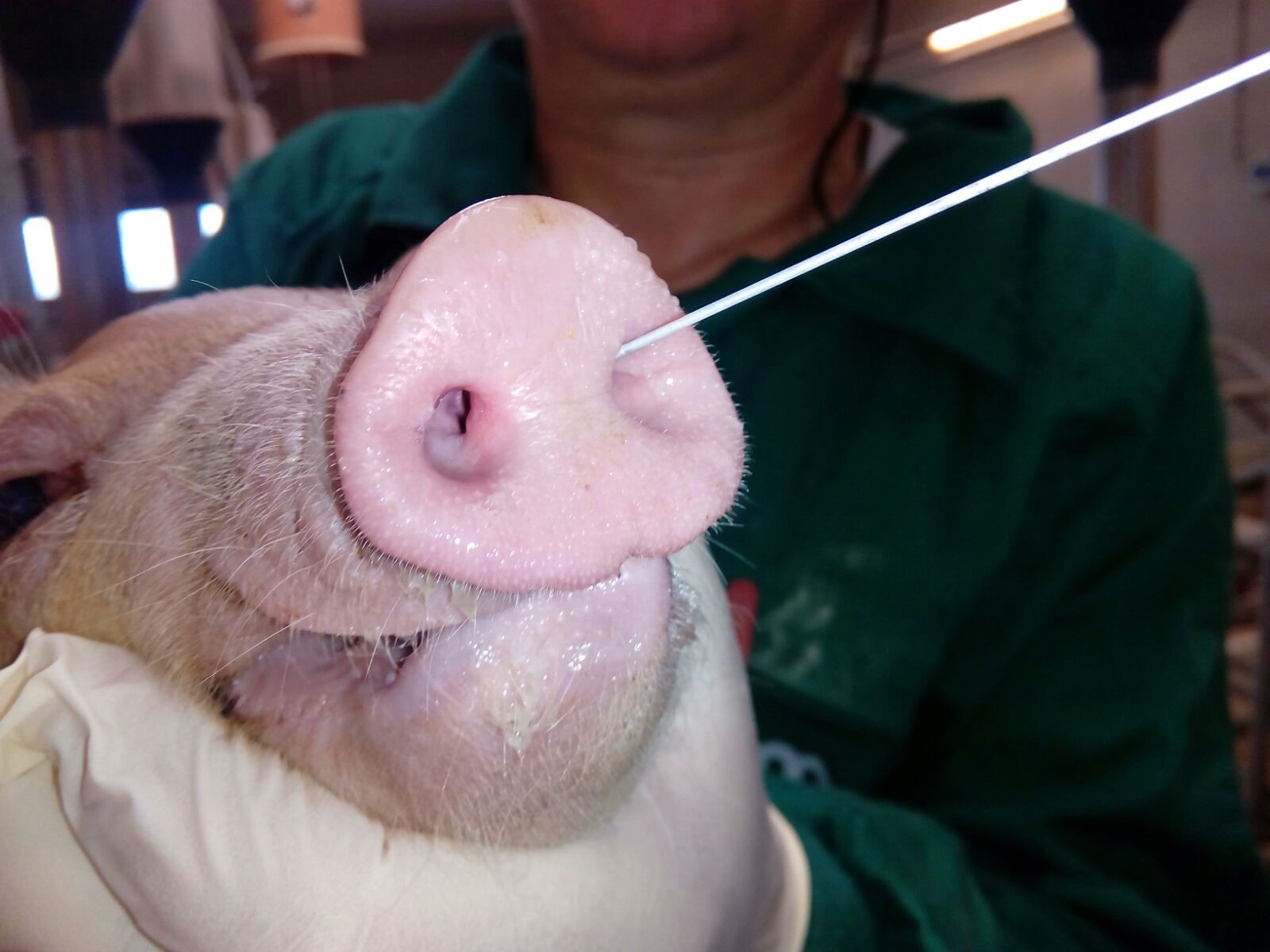
The nasal bacterial community of piglets may influence the subsequent development of Glässer’s disease
The microbiota, the community of microorganisms on a particular body site, has been extensively studied during the last few years, and demonstrated to influence the development of many diseases. The nasal mucosa of piglets is colonized by bacteria early in life, constituting the nasal microbiota.
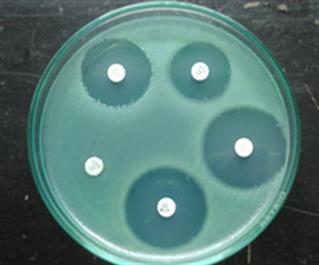
Silver nanoparticles to enhance antimicrobial effect of antibiotics
Antibiotic resistant bacteria are a serious health risk in both human and veterinary medicine. A study was conducted at IRTA-CReSA with the aim to evaluate the antibacterial effects of combined silver nanoparticles with antibiotics against veterinary bacteria that show resistance to antibiotics.








